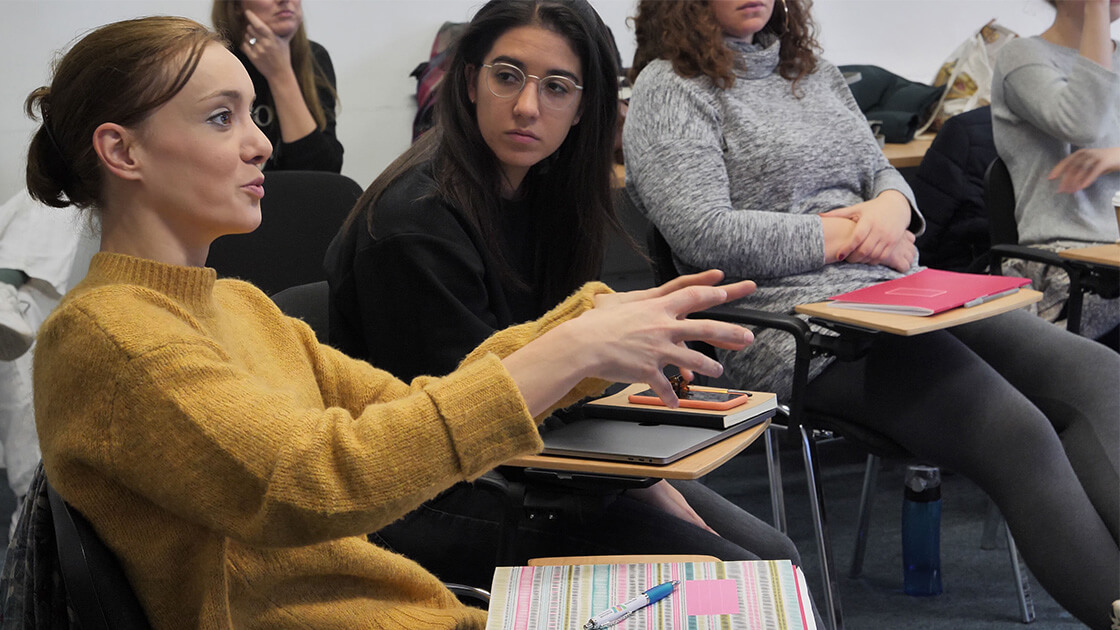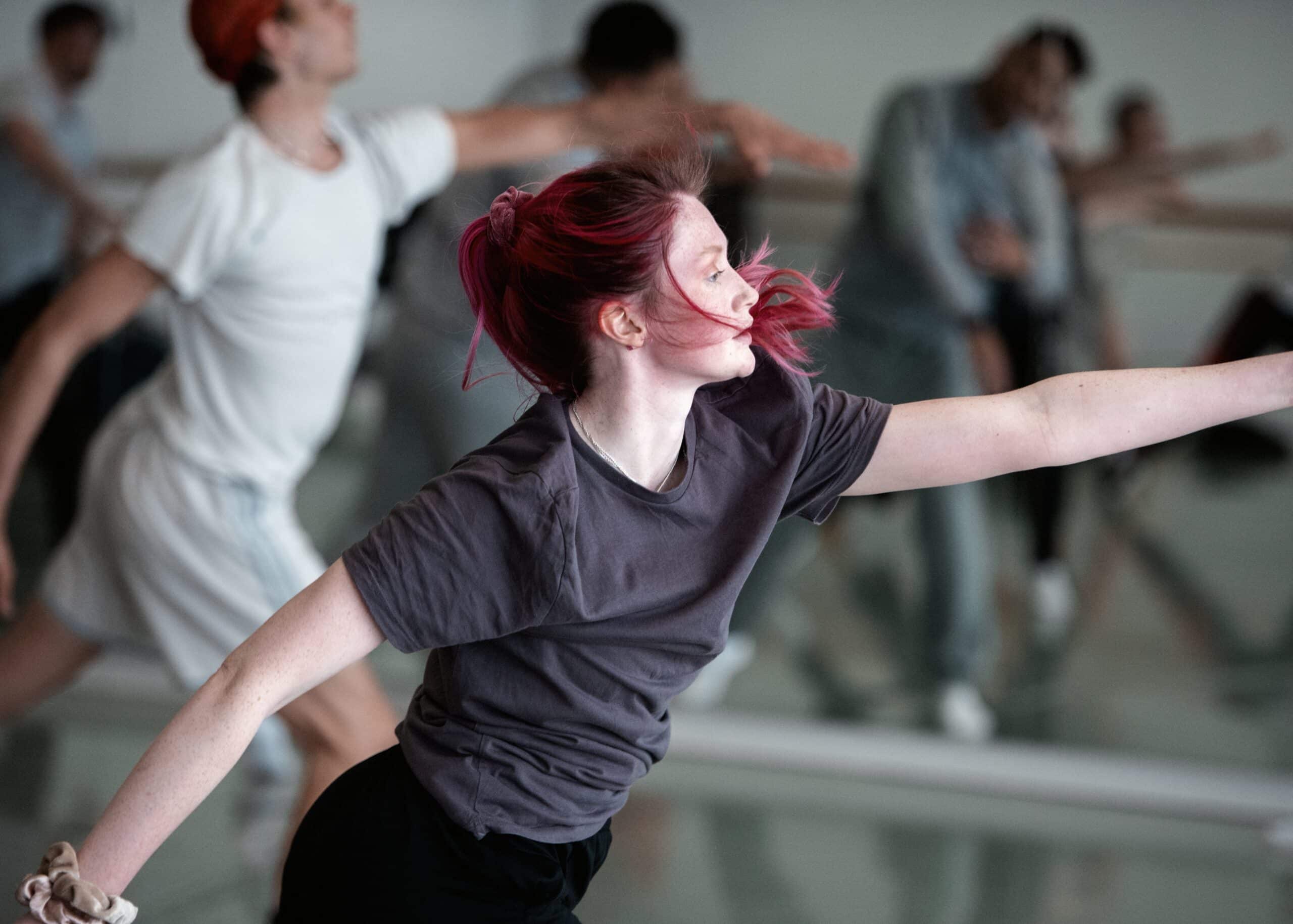During the worst of the COVID-19 pandemic, the world saw a rise in streaming services. As one, we turned to Netflix and YouTube to consume media. Similarly, performers and artists everywhere took to digital platforms to express their art. Theatres took to screening recorded performances, artists held digital concerts. Across the world, dance artists in particular in lockdown started to experiment with the camera, discovering new potential for themselves and their work.
While the pandemic certainly accelerated this, the expression of art and performance through digital means has been rapidly taking centre stage for a few years now. Think of the choreography in Sia’s “Chandelier”, In 2019 film “The Joker or the final episode of BBC/Netflix series crime drama “Giri / Haji” why do they stand out? The answer is simple: they were specifically choreographed to be consumed by an on-screen audience.

Source: The Place
This makes up the building blocks of screendance, the practice of filming dance specifically for visual consumption. “Screendance is dance made especially for the camera or screen where choreography and screen practice reside together,” explains Liz Aggiss, an esteemed dance artist, choreographer, and dance filmmaker. As such, the process of dance filmmaking greatly differs from performances choreographed for a live audience. Unlike filmed theatre, it does not intend to act as a substitute for live performances, nor would it have a greater effect on an audience if experienced in person. “It is about inventing a movement language that can only exist on and for the screen,” says Aggiss.
London Contemporary Dance School, The Place (LCDS) is one of few institutions who are taking active steps to shape dynamic, multi-skilled individuals who can adapt to the ever-changing world of dance. Situated in the heart of London, LCDS draws from the city’s wealth of visionary artists to fuel their MA Screendance course. As the only course of its kind in the world, the MA Screendance is centred on investigating the relationship between the moving body and camera. It attracts innovative artists from across the globe to engage in a specialised but ever-growing field.
The course takes students through the techniques and practices behind dance filmmaking. Students are taught the practical elements of filmmaking and attend technical workshops on editing, cinematography and sound. Theoretical knowledge grounds the practical work, with students exploring histories of cinema as well as examining current contexts such as dance in social media. “What’s nice about the course is we learn about film theory, dance theory, and screendance theory,” shares student Omari Carter. “It allows us to look at things we might not necessarily look at if we were just studying dance.”
Because of this multifaceted focus, students at LCDS immerse themselves in the movement of the camera and the subject and the editing process to create a unique visual experience. The 15 month course requires students to consider how their work interacts with the world, all while being coached by some of the most influential screendance artists and academics in the field. A result of this? A community of supportive and creative individuals who are constantly learning from each other’s ideas, interests, skills, and artistic practice.

Source: The Place
The practice-led course welcomes students from different backgrounds with an interest in dance filmmaking, be that media, visual arts, performance, dance, photography or film. Consider student Emily Romain, who previously studied classics at Oxford. “The course is very individualised, with a lot of academic support, and we are quite supportive of each other as a class,” shares Romain. “My technical knowledge was limited, so I learnt a lot in that regard – I’m not scared of a camera anymore!” she laughs.
More than that, over 40% of the student body at LCDS is international, making for a diverse community of artists who bring their own experiences. This is enhanced by the opportunity to live in London, one of the most culturally rich and diverse cities in the world. Students are constantly surrounded by the arts, visiting one of the city’s many theatres, exhibitions, or showcases over weekends. It’s a creatively enriching feedback loop that’s sure to inspire every aspiring artist.
Then there’s The Place, the exciting cultural hub where LCDS is housed. It accommodates a 280-seat professional theatre, an active production house, and a host of classes, courses, and opportunities for aspiring and professional artists. The theatre hosts over 200 performances a year, with a history of having developed some of the UK’s most prominent choreographers. Have a look at The Place’s upcoming performances and events for the season.
Ready to take the next step? Apply for a place on the MA Screendance course or visit the London Contemporary Dance School’s website.
Follow The Place on Facebook, Twitter, YouTube and Instagram.










